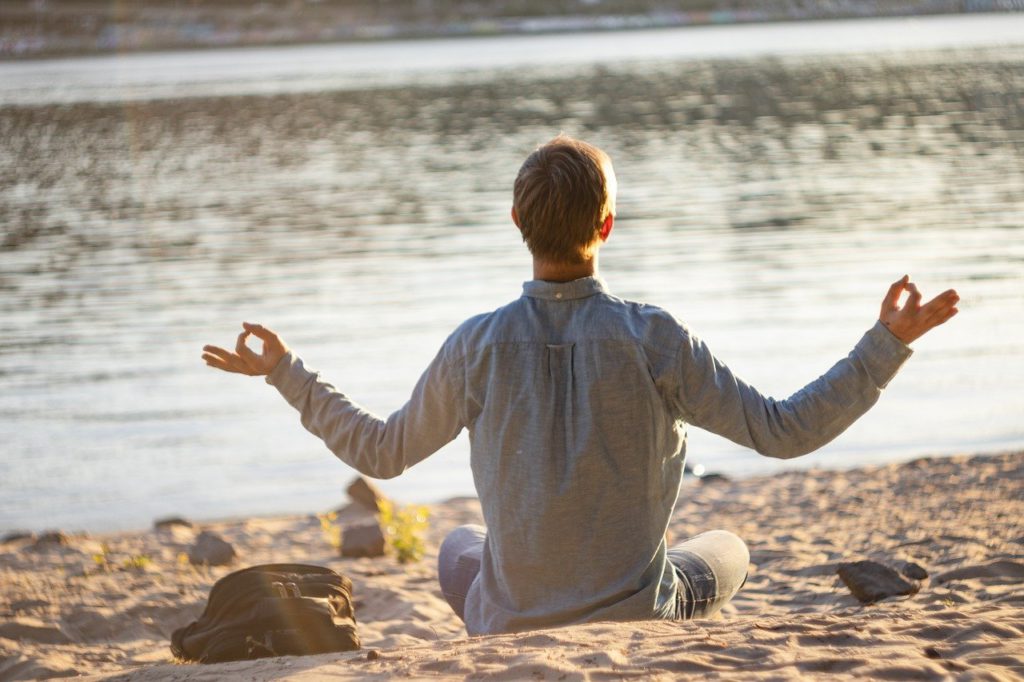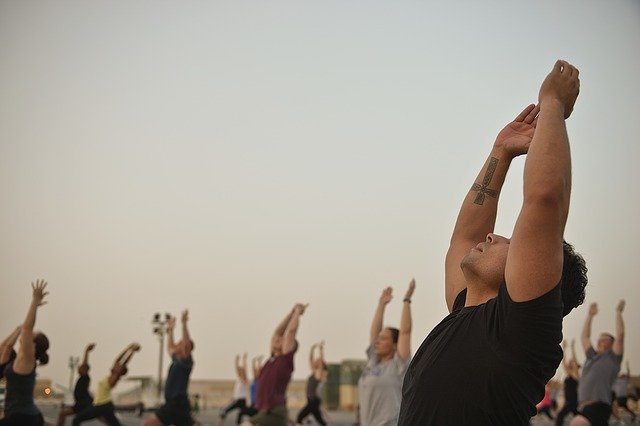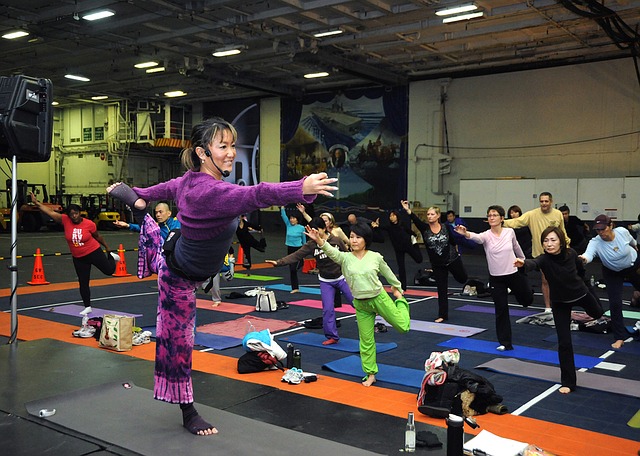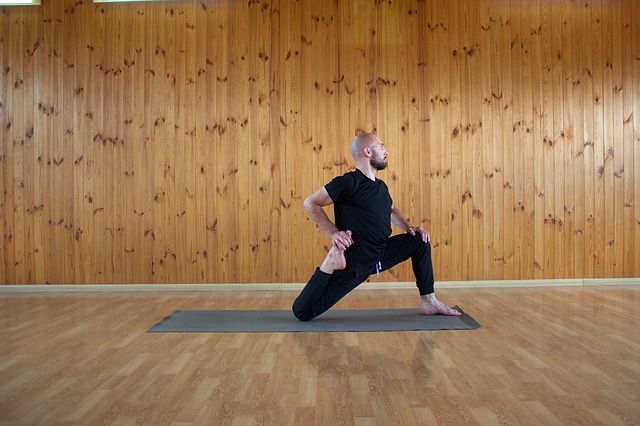
The creator of yoga, a practice that dates back 5,000 years, is said to have been a male practitioner. Then there is Bellur Krishnamachar Sundararaja Iyengar, commonly referred to as BKS, who is often cited as the man who popularized modern yoga in the West. Despite the foundation of yoga being built upon the efforts of various men, we find that many yoga spheres are embodied by mostly females. A recently study revealed that of the 20 million practitioners in the United States, only an estimated 1 in 5 yogis are male. In light of these observations, one question echoes extensively: why don’t men practice yoga?

Scientific studies have long backed the claims that the practice of yoga can improve cardiovascular health, reduce stress and anxiety, facilitate better sleep, and alleviate chronic pain. Certain benefits of yoga overlap with other forms of exercise, including many exercises in which males actively and routinely participate. There is no clear gender disparity within the number of men and women who wish to better themselves, get fit, and promote healthy lifestyles. And yet, when walking into most yoga classes, you will find that they are predominantly made up of female students.

There seem to be a few reasons behind this glaring gender divergence, one of them being the matter of flexibility. Men and women have anatomically-varying builds, which can become a physical deterrent for men during yoga. Oftentimes, a male may find it more challenging to achieve certain poses than a female would, as the latter bears an increased biological likelihood of being more physically elastic. A Times article titled “The Perils of Yoga for Men” explains the reality of flexibility differences between genders: “the pelvic regions of women are shaped in a way that permits an unusually large range of motion and joint play. In yoga, the pelvis is the central pivot for extreme bending of the legs, spine, and torso.” This factor could certainly put a cramp in male yoga expression.
Another factor that may be barring more men from practicing yoga is the cultural belief that yoga is a dainty, feminized form of fitness. Some circles even view yoga as being built off of a niche community that strictly caters to slim, female vegans whose diets consist solely of celery juice and Wheat Thins. As prevalent as this perception may be, it is mostly untrue. The proof is in the history: yoga poses were created by men as a holistic means to achieve physical and mental well-being. The benefits that can be reaped from yoga are attainable for all, regardless of sex and gender. In 2012, The Washington Post conducted an interview with Danny Poole, a trainer whose past student body consists of a dozen Denver Broncos players. After personally practicing yoga for years and crediting the practice for his avoidance of sports injuries, he decided to utilize yoga as a training tool for his students. Poole states that during his Broncos training year, he was able to keep his students injury-free. Moreover, he found that yoga was incredibly beneficial to pro-athletes as it kept them sharp and focused for their games and alleviated any post-game soreness and tension.

With all this in mind, it’s entirely understandable why yoga may seem intimidating or challenging for men, despite its many perks. In an effort to integrate a larger male demographic in the yoga sphere, some yoga studios now offer classes that are specifically geared towards men. These classes play on their strengths and modify the more challenging, flexibility-based poses. This can certainly serve as a great introductory footing for men who want to try yoga but feel more comfortable and emboldened in a yoga studio. Certain strides need to be taken – and are presently being taken – to positively attract more male yoga practitioners, and we at MixPose are happy to see it happen!


